The Elements of Typographic Style
Marton Trencseni - Sat 23 July 2022 - book
The Elements of Typographic Style by Robert Bringhurst is the most beautiful book I've ever held in my hand. This stunning piece of readable art shows Bringhurst's love for the craft of design, typography and writing, and his mastery of these subject, a result of his life-long devotion to them. I am not a professional typographer, but I enjoyed glancing at, reading and appreciating every page of this book. I recommend you order your copy right now. I recommend the softcover version.
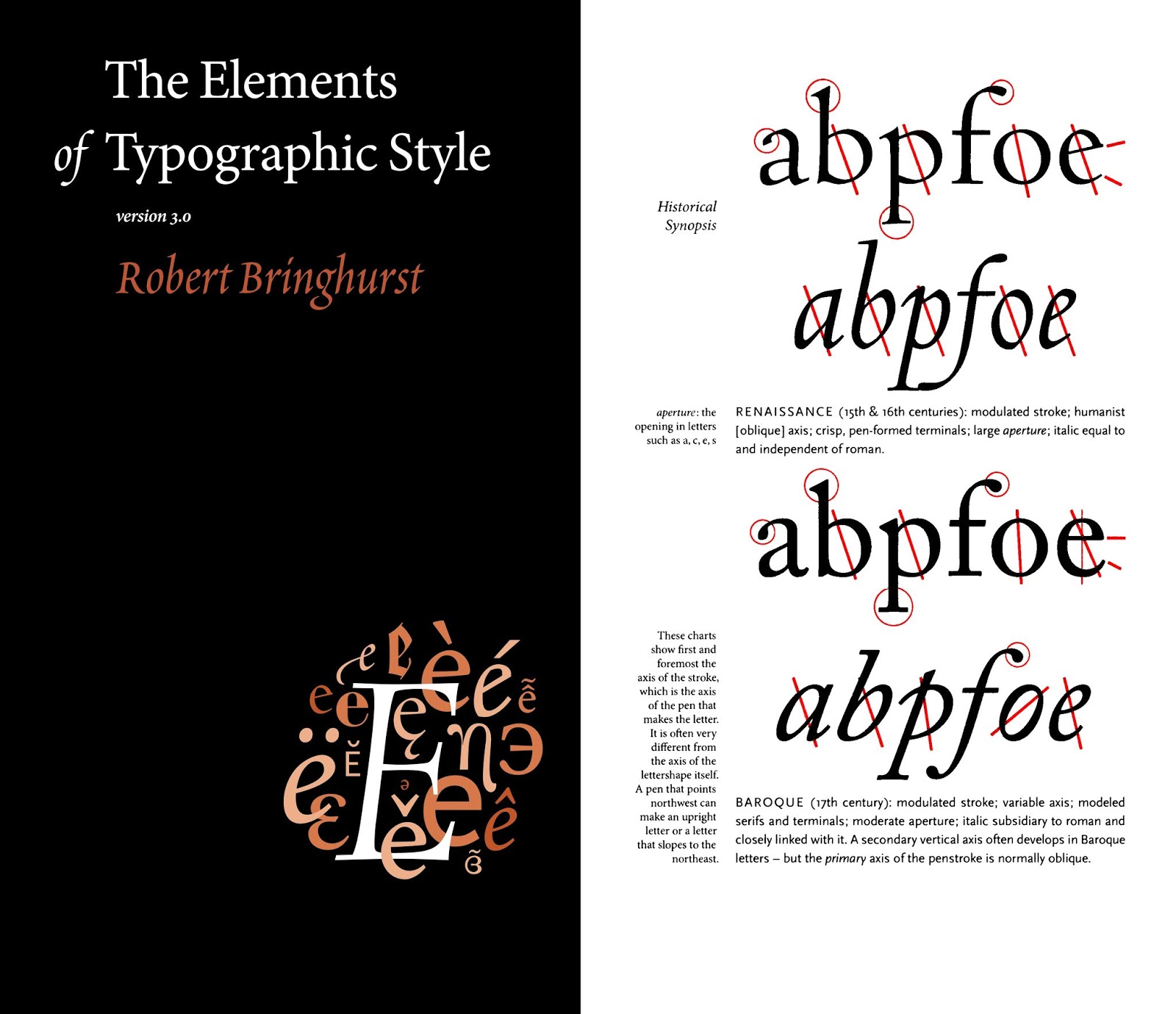
Sample pages
To increase your appetite, here are some sample pages from the book. These are from a scan of the previous edition, the actual book is much nicer due to the higher resolution of print (about 5-10x higher than your screen).




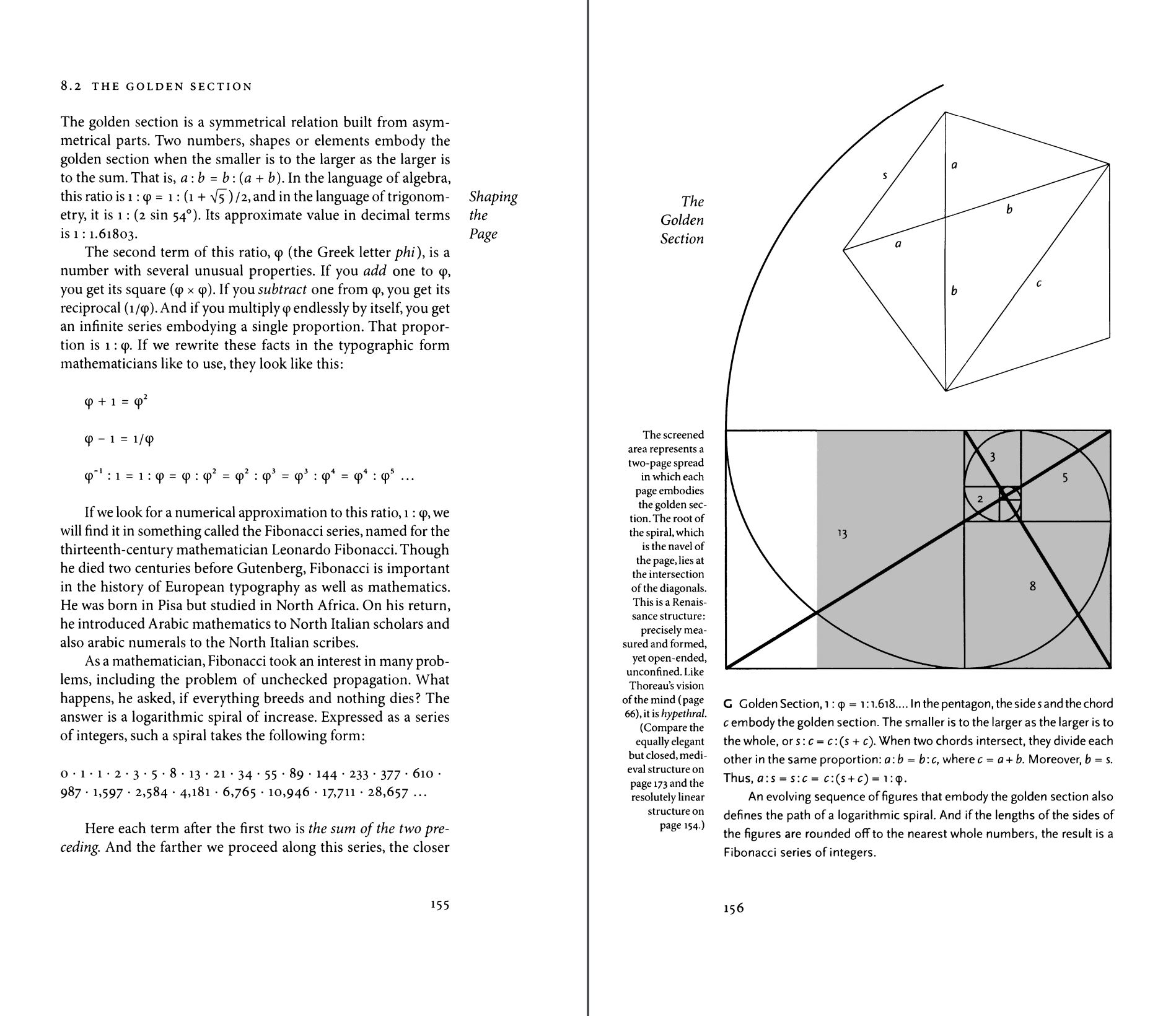
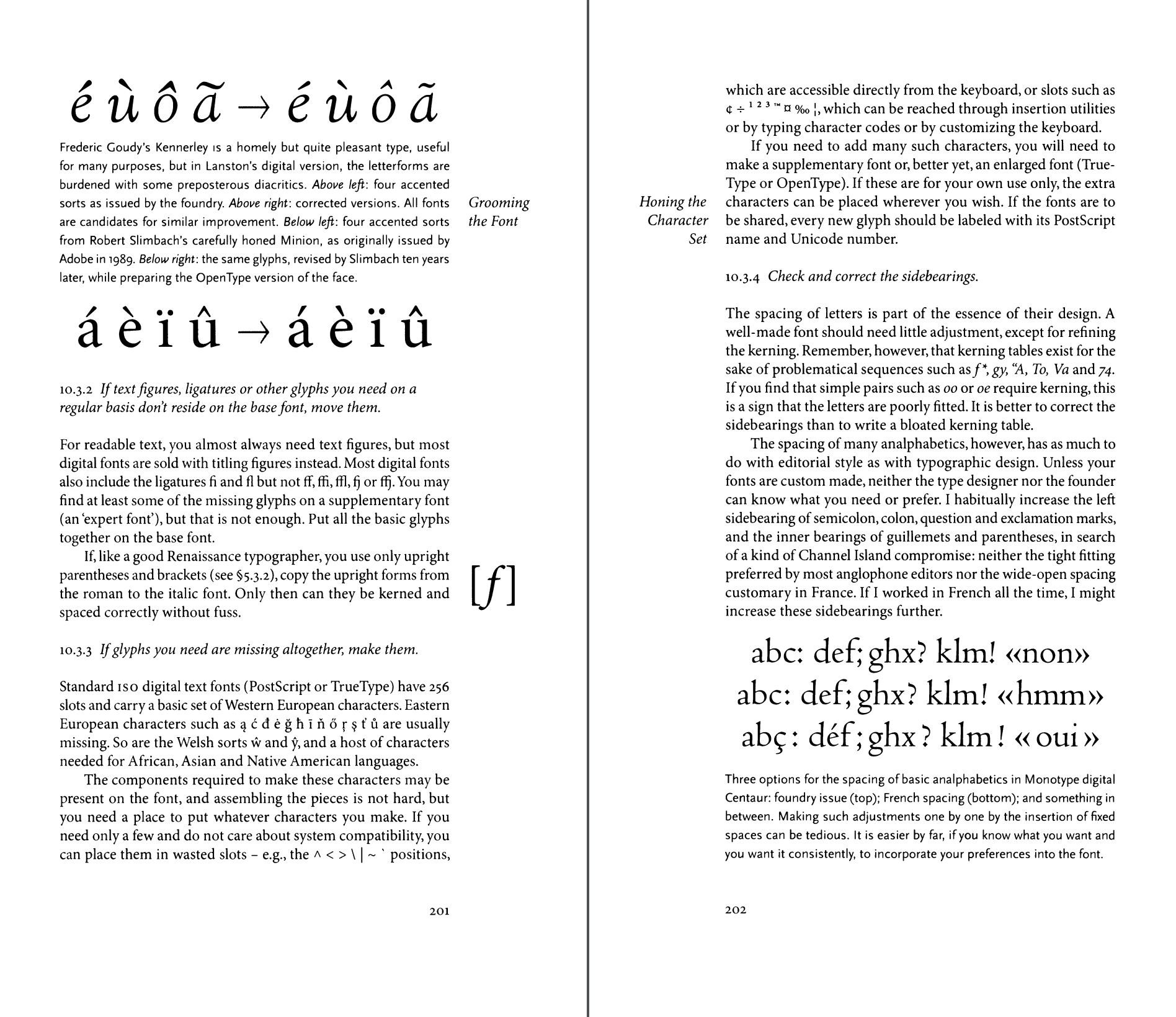
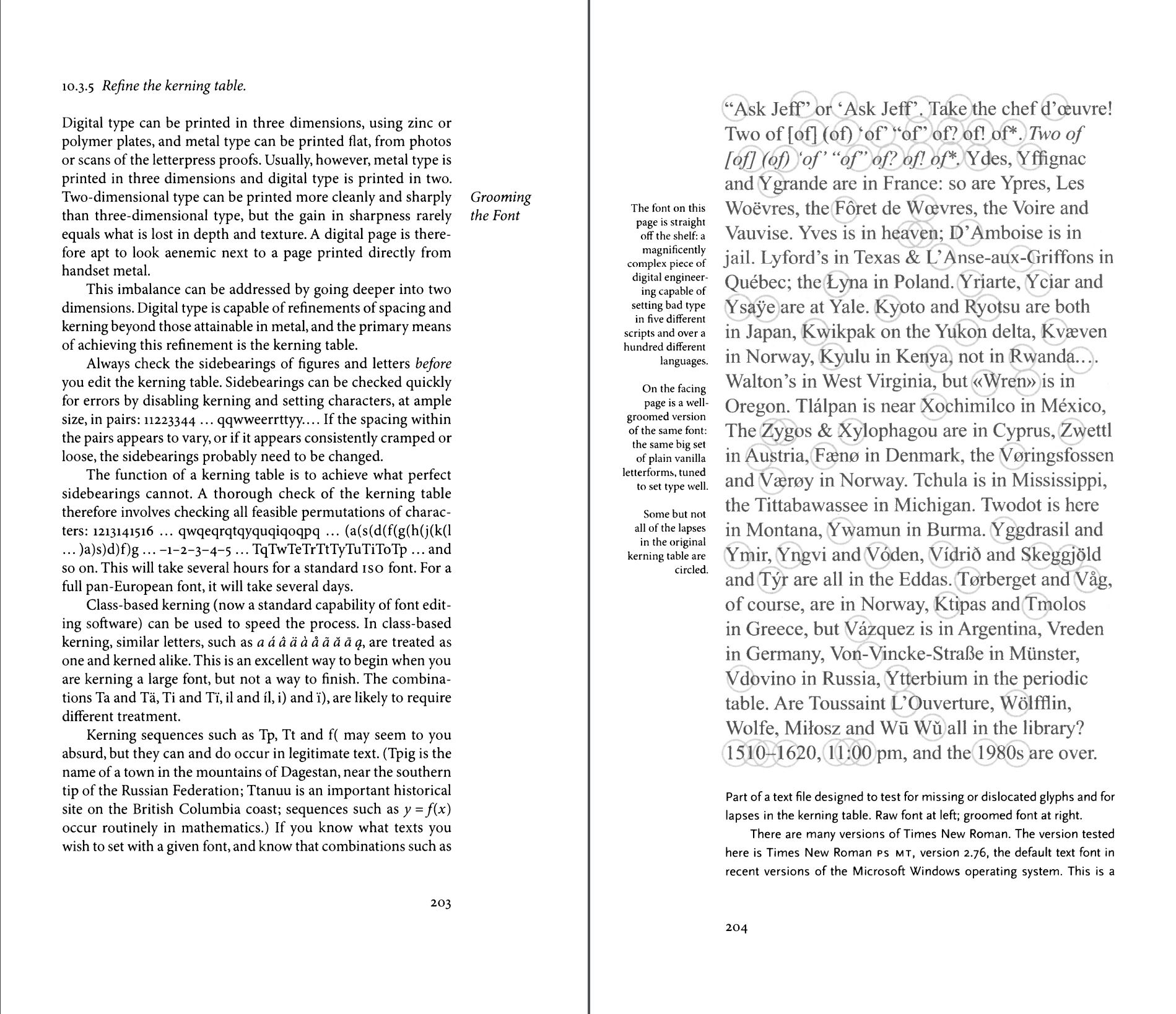
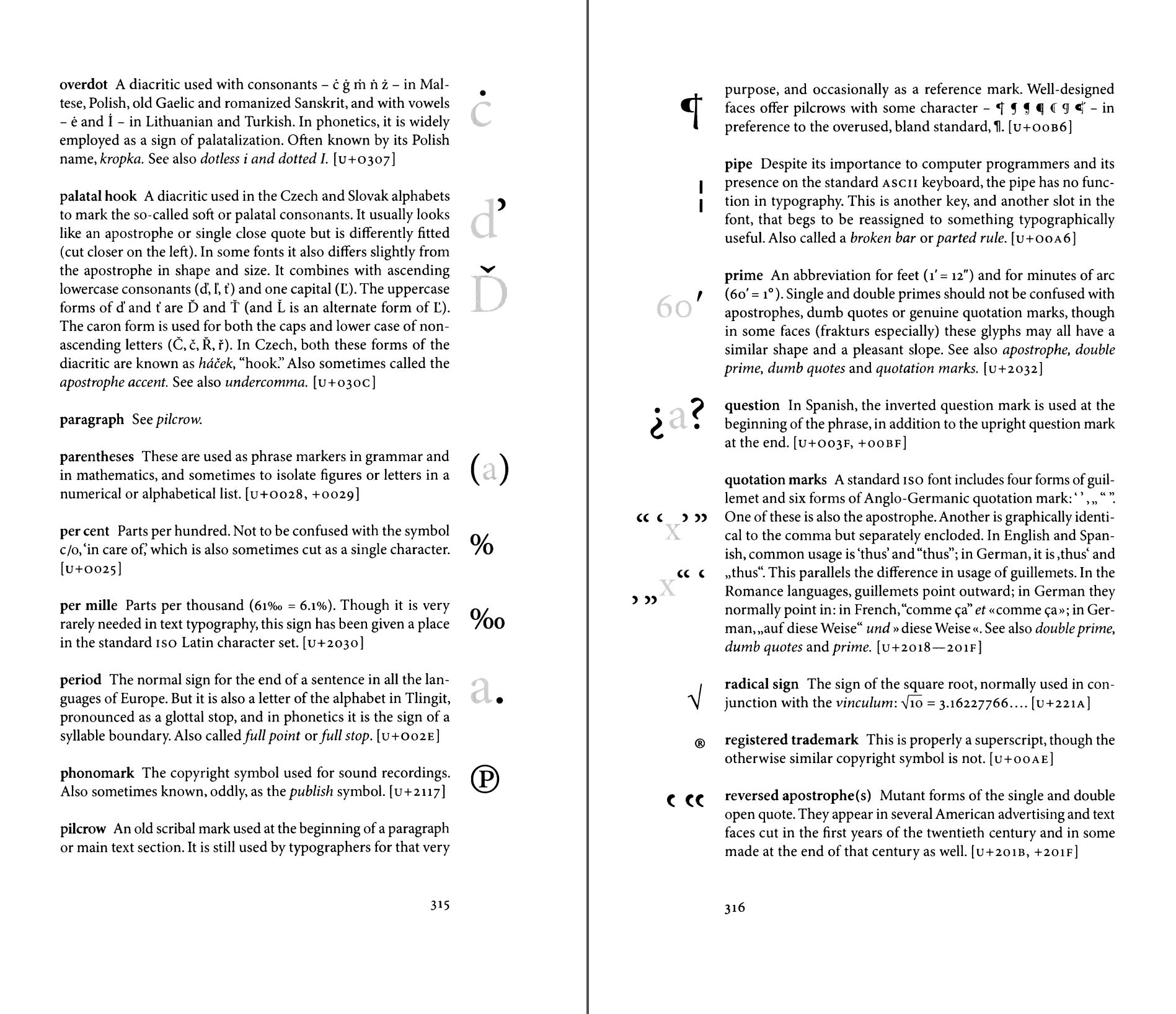
Typography
The text face is Minion Pro, designed by Robert Slimbach.
The captions are set in Scala Sans, designed by Martin Majoor.
The paper is Glatfelter Laid, archival quality and acid-free.
Quotes
Some of my favorite quotes from the book, which apply to not just to typography.
By all means break the rules, and break them beautifully, deliberately and well.
Using what there is to best advantage almost always means using less than what is available.
Consistency is one of the forms of beauty. Contrast is another.
Choose [your library of faces] slowly and well. Stay with your first choices long enough to learn their virtues and limitations before you move on.
With type as with philosophy, music and food, it is better to have a little of the best than to be swamped with the derivative, the careless, the routine.
Every alphabet is a culture.
On mathematics in typography: The mathematics are not here to impose drudgery upon anyone. On the contrary, they are here entirely for pleasure. They are here for the pleasure of those who like to examine what they are doing, or what they might do or have already done, perhaps in the hope of doing it still better.
Don't restate the obvious [regarding the use of running headers in books].
Architects build perfectly proportioned kitchens, living rooms and bedrooms in which their clients will make, among other things, a mess. Typographers likewise build perfectly proportioned pages, then distort them on demand. The text takes precedence over the purity of the design.
The state of the art has more by far to do with the knowledge and skill of its practitioners than with the subtleties of their tools, but tools can constrain that skill or set if free. The limitations of the tools are therefore also of some interest.
Like a forest or a garden or a field, an honest page of letters can absorb – and will repay – all the attention it is given. Much type now, however, is delivered to computer screens. The best computer monitors now sold have barely adequate resolution (220 dpi: roughly a third the current norm for laser printers and less than a tenth of the norm for professional offset printing). When texts disintegrate into pixels, the eye goes looking for distraction, which the screen is all too able to provide... The underlying problem is that the scvreen mimics the sky instead of the earth. Note: a flagship phone in 2022 has approximately 500 pixels per inch. The 4K monitor I'm typing on has abour 200 pixels per inch.